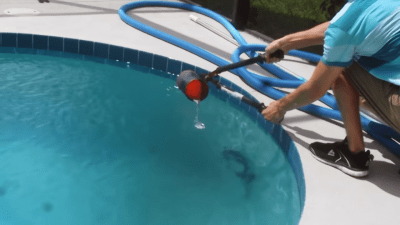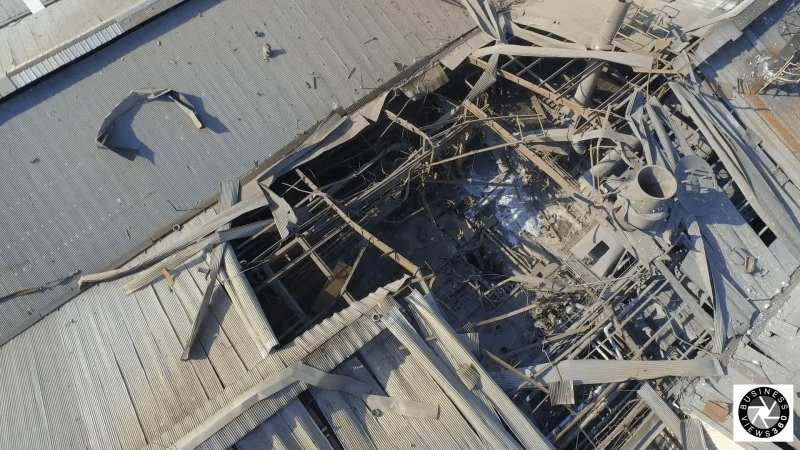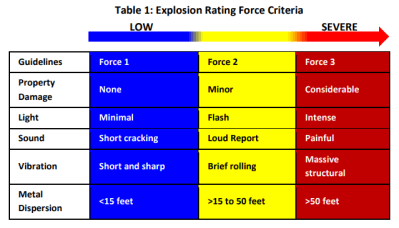Water And Molten Aluminium Is A Dangerous Combination
It is not uncommon for a Hackaday writer to trawl the comments section of a given article, looking for insights or to learn something new. Often, those with experience in various fields will share kernels of knowledge or raise questions on a particular topic. Recently, I happened to be glazing over an article on aluminium casting with interest, given my own experience in the field. One comment in particular caught my eye.
And no, the water won’t cause a steam explosion. There’s a guy on youtube (myfordlover, I think) who disproves that myth with molten iron, pouring the iron into water, pouring water into a ladle of molten iron and so on. We’ll be happy to do a video demonstrating this with aluminum if so desired.
Having worked for some time in an aluminium die casting plant, I sincerely hope [John] did not attempt this feat. While there are a number of YouTube videos showing that this can be done without calamity, there are many showing the exact opposite. Mixing molten aluminium and water often ends very poorly, causing serious injury or even fatalities in the workplace. Let’s dive deeper to see why that is.
The Magic Of Oxide Layers

One of the reasons aluminium is so prized as a material is for its resistance to corrosion. Raw aluminium readily forms a tough oxide layer when exposed to air, which protects the metal from further corrosion or reactions with many chemicals. This oxide layer can form incredibly quickly, and is one of the reasons why many YouTubers have managed to pour molten aluminium into water without injury. Given the right conditions, the aluminium can form an oxide layer as it travels through the air from a ladle towards a bucket of water. Many use this dangerous, risky demonstration as “proof” that major explosions from aluminium and water are a “myth”.
Of course, get a job at a casting factory and you’ll quickly realise how serious the matter is. It’s not unusual for facilities to entirely ban disposable water containers and soft drinks, for fear a discarded container could end up in a scrap bin and carry moisture into a melt furnace. In my work as a casting engineer, bringing a water bottle or can of soft drink on site carried a warning for the first offence, and instant dismissal for the second. The danger is simply too high to take half-measures where safety is concerned. Casting operations generally require all employees to watch safety videos that make the risks clear, prior to working on the casting floor.
Examples of the danger are readily available. Often, incidents can occur when molten aluminium is poured into a mould containing moisture. Another risk area is when loading scrap material into a furnace. The scrap aluminium itself can be wet, or bottles containing fluid can be accidentally mixed in with the material. When the scrap is added to the molten metal in the furnace, huge eruptions can occur.
Causes of Explosion

Due to a multitude of factors, intense explosions can happen when molten aluminium and water mix under the right conditions. The first is the most obvious: water coming into contact with molten metal at over 660 °C tends to vaporise into steam nearly instantaneously. The steam rapidly increases in volume, throwing molten metal great distances and this alone can cause serious injury and damage. This also breaks up the molten aluminium, known as fragmentation. This has the effect of causing greater mixing between the molten metal, and the water and steam. This further increases the rate of heat transfer to the fluid, and increases the rate of reaction between the steam and aluminium due to the greater surface area in contact between the two.

Additionally, the chemical reaction between water and aluminium only adds to the intensity of the explosion. In this case, aluminium atoms react with water molecules, forming aluminium oxide and hydrogen gas. This is an exothermic reaction which releases a great deal of heat — over 2.5 times the amount generated by a similar amount of nitroglycerin. Naturally, the hydrogen gas generated is then free to combust with oxygen in the surrounding atmosphere. Furthermore, any molten aluminium atomised by the explosion can then go on to rapidly oxidise in the air, too, releasing more heat in the process.
A combination of all these factors can lead to incredibly violent explosions. Little more than a single misplaced water bottle is capable of blowing apart an entire casting factory under the worst conditions.
Characterising Incidents

Of course, not every incident goes down the same way. A wide variety of factors can influence the severity of such an explosion, from minor to catastrophic. The Aluminium Association groups incidents into three categories, depending on the severity of the explosion. Force1 events are minor, often concerning the splashing of molten metal of distances up to 15 feet. Force 2 events are more serious, with metal sprayed up to 50 feet away and with loud explosions and a release of light. Finally, Force 3 events tend be loud enough to be seriously painful, with metal thrown over 50 feet and generally causing major structure damage. Force 3 events are thankfully, rare, but often tend to destroy most of the facility they occur in. The annual report of the Aluminium Association notes just 1 event in 2019, thankfully with no loss of life.
Overall, the aim of this article is to highlight that anecdotal evidence cannot be used to declare something safe. It pays to do your own research, and get information from professionals before trying something that could possibly injure yourself or others. Happy hacking out there, and keep it safe!
from Blog – Hackaday https://ift.tt/3puuJp0
Comments
Post a Comment